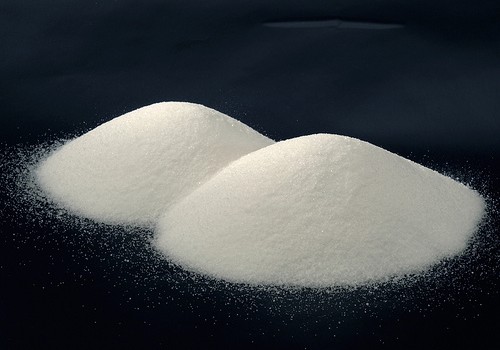
How Much Sodium is Healthy?
When you try to monitor your salt intake and before you start cutting out all the chips, crackers and snacks from your diet, it is important to first identify how much is “enough”. On average, the Recommended Daily Intake of Sodium for a healthy adult ranges from 2300-2400 mg per day, which corresponds to about 1 teaspoon of salt! And for those above 52 years of age or adults of black race and those suffering from hypertension or chronic kidney disease , their RDI for sodium is around 1500 mg/day (so much less than half a teaspoon of salt per day).
- Important notification about information and brand names used in this slideshow!
- Photo courtesy of Dubravko Sorić by Flickr : www.flickr.com/photos/11939863@N08/3794105536/
- www.webmd.com/diet/ss/slideshow-salt-shockers
- http://www.huffingtonpost.com/2013/04/13/high-sodium-foods-hidden-salt_n_3070792.html
- http://pediatrics.about.com/od/nutrition/a/0208_foods_salt.htm
- http://www.healthaliciousness.com/articles/what-foods-high-sodium.php
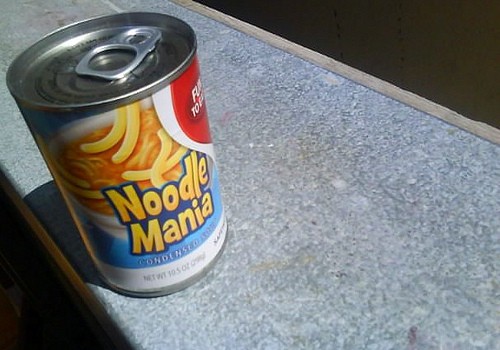
Canned Soups and Vegetables
About 2/3 of our sodium intake comes from canned foods and processed vegetables.Surprising, right? As an indicative example, 1 can of tomato sauce contains about 1284 mg of sodium. Also falling into that category, are precooked dinners such as egg dishes, pasta, pizza or bacon dishes. It is not to say that you should absolutely avoid eating those products, but it all has to do with balance. If you overuse those canned and processed products and on top of it you add natural sources of sodium, then you would possibly reach your excess. Vegetables in the other hand are not so loaded with sodium, and one cup of vegetables only contain about 243 mg of sodium.
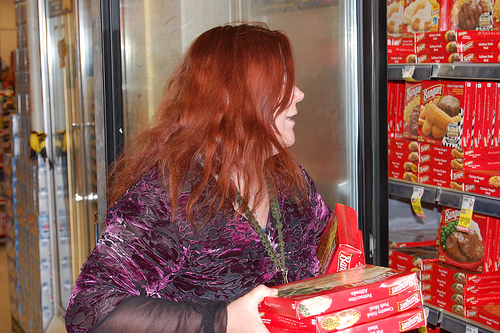
Frozen Dinners
Frozen meals are a very important source of sodium. If you have a low sodium level (which would surely be indicated by your laboratory results), then go for it. But if you are already eating a lot of processed and canned foods, salty snacks and other related products, then frozen meals might not be a good idea for you. Deli meats are especially put on the hot spot here. 2 slices of beef or pork salami could contain about 350 mg of sodium, left alone the entire package which probably contains 8-10 slices! This also goes in hand with restaurant foods. About half of the sodium that they contain are added by the chef during the preparation, and the remaining amount comes from the food preservatives.
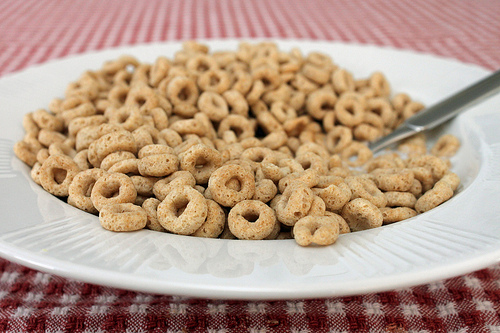
Breakfast Cereals
If you are like the average person, you surely believe that grabbing a pack of cereals rich in fibers or with fruits included is the healthiest option on the supermarket shelf, but hey, think again! Those cereals might be rich in proteins and low in fat, but they are also very rich in sodium, which is not always a good thing for us! In fact, some brands of cereals contain up to 250 mg of sodium, for one cup! A less “salty” alternative is cereals like puff wheat or puff rice. They are low in sodium, and you could even mix them with your favorite cereals to get a better taste while keeping the sodium levels within normal limits!
- Important notification about information and brand names used in this slideshow!
- Photo courtesy of odonata98 by Flickr : www.flickr.com/photos/29820142@N08/5399595876/
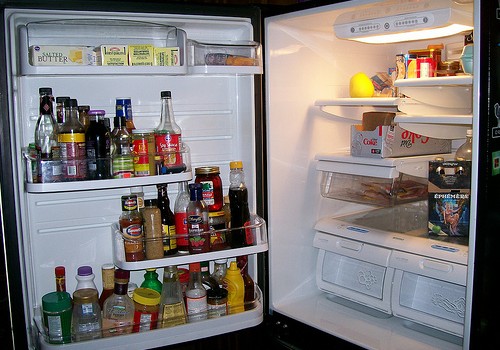
Sauces and Dressings
Have you ever wondered why sauces, dressings, marinades and flavoring products are almost always salty? Well, because they are loaded with sodium! No need to remind you of the taste of soy sauce, Teriyaki sauce or other processed seasonings sold in supermarkets. Soy sauce alone contains up to 1024 mgs of sodium in one tablespoon. Teriyaki sauce has less sodium content, about 690 milligrams of sodium in one tapblesppon. Our taste buds have been trained into tolerating and enjoying high amounts of salt, and because of that most of us are unable to truly savor a meal without adding a dressing sauce.
- Important notification about information and brand names used in this slideshow!
- Photo courtesy of MadTheologian by Flickr : www.flickr.com/photos/madtheologian/3067510658/
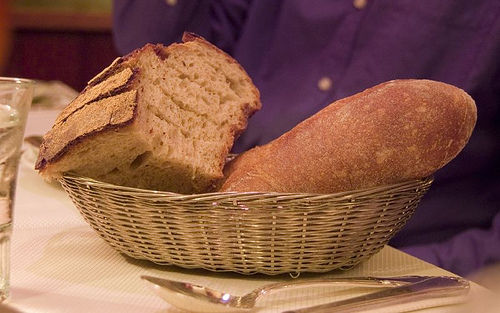
Bread
According to the USDA National Nutrient Database for Standard Reference, Release 25, bread - especially the one that is commercially available is rich in sodium, even richer than what you could imagine. When made at home, bread itself contains about 460 milligrams of sodium in only one slice. In the case of all the bread products that exist, bread crumbs have the richest sodium content. One cup of bread crumbs (grated, seasoned or dried) contains about 1403 milligrams of sodium, almost half of the recommended daily intake. So for instance, as a good alternative you could switch to wheat bread instead of white bread.
- Important notification about information and brand names used in this slideshow!
- Photo courtesy of ulterior epicure by Flickr : www.flickr.com/photos/ulteriorepicure/146339084/
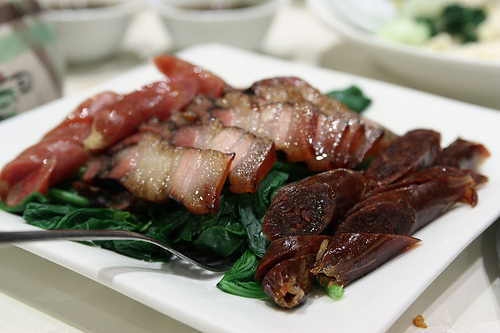
Cured Meats
Meat curing is a chemical process that involved adding preservatives to the meat to prevent it from deteriorating. Meat can disintegrate under the influence of several factors: environmental parasites (bacteria or fungi), chemical changes (extremely hot or extremely cold weathers) or the health conditions of the place where the meat is stored: dusty, windy? Humid? The main chemical used in meat curing is salt. Salt can cure the growth of microorganisms through the following mechanism: it draws water outside of the microbial cell (through osmosis), and as the cell is dehydrated and the salt concentration increases, the cell eventually dies. This is the reason why cured meat is salty, compared to raw meat. However, excessive consumption may lead to an overdose of sodium.
- Important notification about information and brand names used in this slideshow!
- Photo courtesy of Renée S. Suen by Flickr : www.flickr.com/photos/sifu_renka/4456697417/
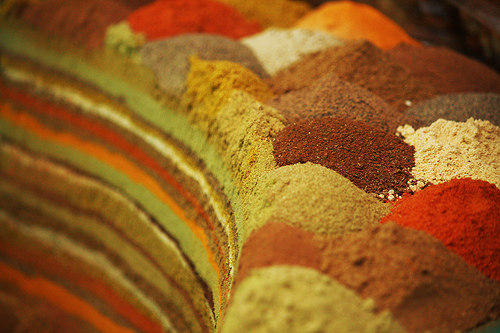
Spices
The discussion on whether or not herbs and seasonings are also high in sodium is somehow controversial. However, to facilitate the discussion and understanding of these concepts, it is useful to divide the spices into two categories: natural and synthetic spices. natural spices are, as their name suggests,. “natural” sources of sodium. More interestingly, they are recommended as “healthier” substitutes for low-sodium diets. This includes herbs like bay leaf, basil, cinnamon or anise. Synthetic seasonings (such as premade salad dressings, sauces, etc.) are higher in sodium content, and this is why they are least recommend with people at risk of hypertension, diabetes and chronic renal disease.
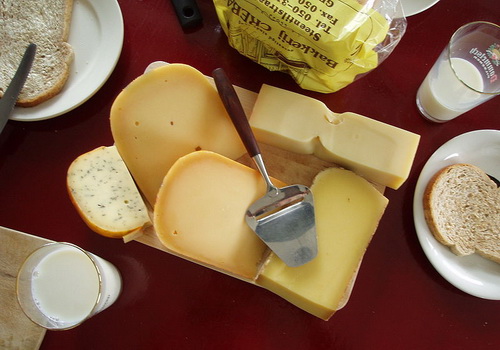
Cheeses
Cheese is one of the most preferred dairy products, but unfortunately is not the healthiest. Not only is it rich in unsaturated fats, but it is also overloaded with sodium. On average, the sodium concentration in cheese ranges from 300 - 1300mg, and the three types of cheese that are the richest in sodium are American Cheese, Feta Cheese and Swiss cheese. For 100 grs, their concentrations in sodium range from 1100-1300 milligrams. Mozarella cheese however is clearly a better alternative, containing only 16 mg of sodium for the same 100 grs of cheese. Because of that, eating Mozarella cheese compared to the other types of cheese is a healthier option, and it makes it even more fun because it allows you to add other sodium containing foods in your diet without fearing a sodium overdose!
- Important notification about information and brand names used in this slideshow!
- Photo courtesy of MigGroningen by Wikimedia Commons : commons.wikimedia.org/wiki/File:Several_cheeses_with_a_slicer,_bread_and_milk.JPG
- www.google.dm/search?q=anise&newwindow=1&source=lnms&sa=X&ei=0vpyUrnUENC5kQeJz4DgAg&ved=0CAgQ_AUoAA&biw=1366&bih=643&dpr=1#newwindow=1&q=cheese+and+sodium
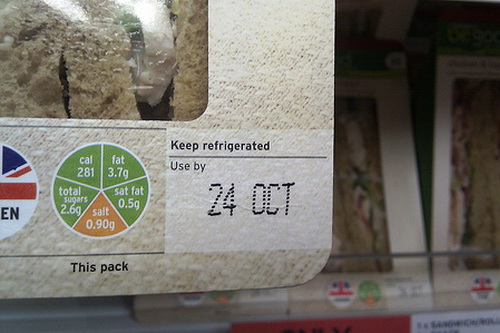
Check The Food Labels
Don’t buy a product because it “looks pretty’, “seems like it has a nice flavor” or simply because your kids are crying over it! Instead, ensure that you take your time to check the food labels of all the ingredients you intend to throw in your shopping basket! At first, it might seem like a fastidious task, but in time, you will be able to do it faster, or not do it at all (if you still keep using the same products). You should also use the same technique when switching from one item to another (for instance, from Ricotta cheese to Cheddar cheese). And finally, it is not because two products come from the same manufacturer or have the same brand that they automatically have the same content in nutrients!
- Important notification about information and brand names used in this slideshow!
- Photo courtesy of HealthGauge by Flickr : www.flickr.com/photos/healthgauge/8118570664/


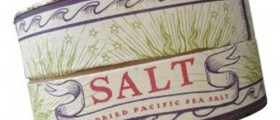
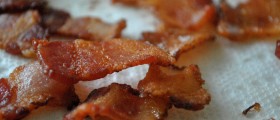

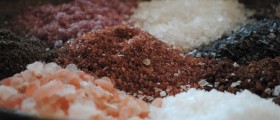
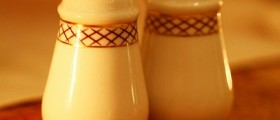



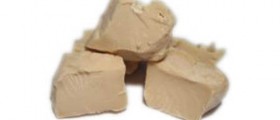
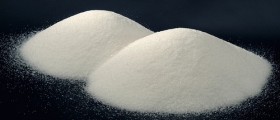
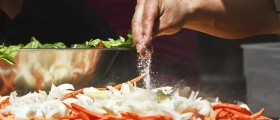




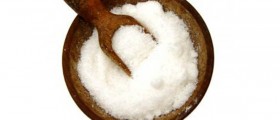
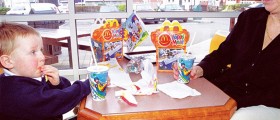

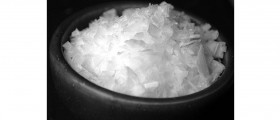
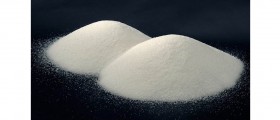





Your thoughts on this
Loading...